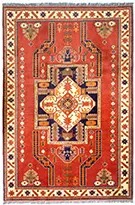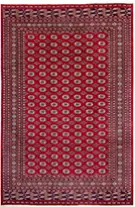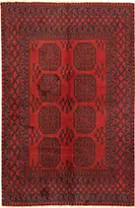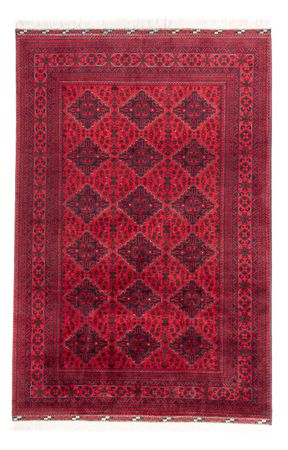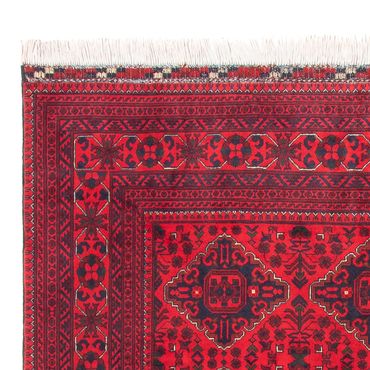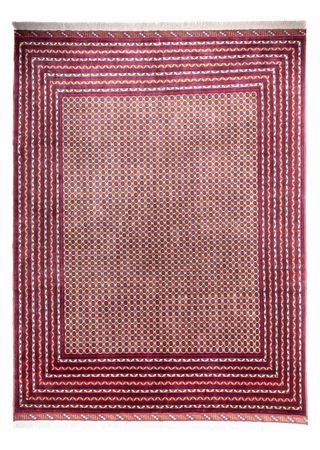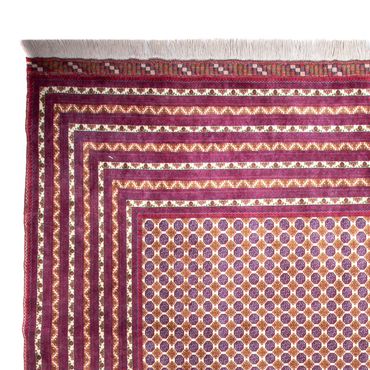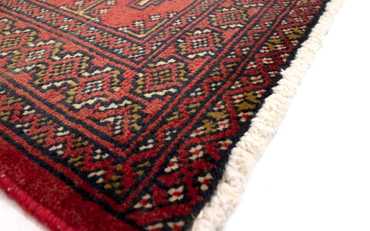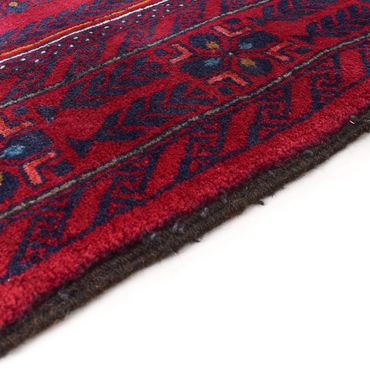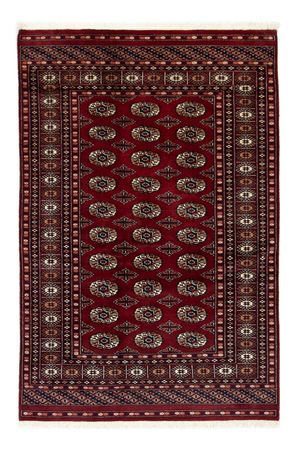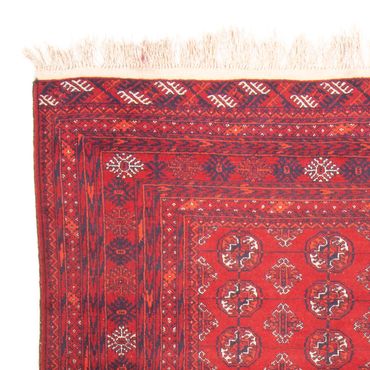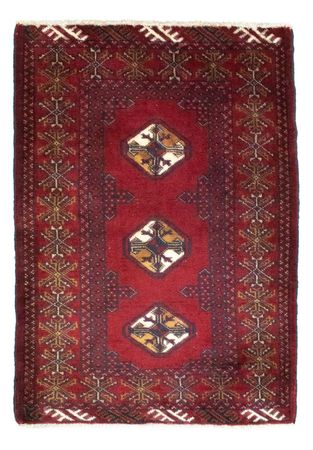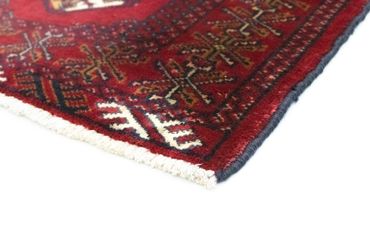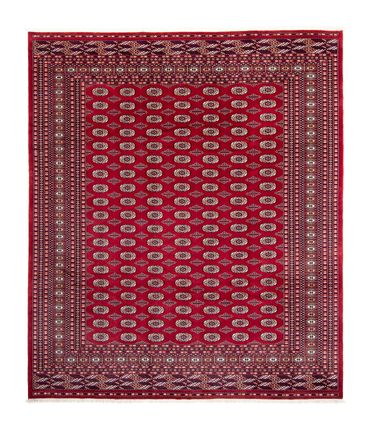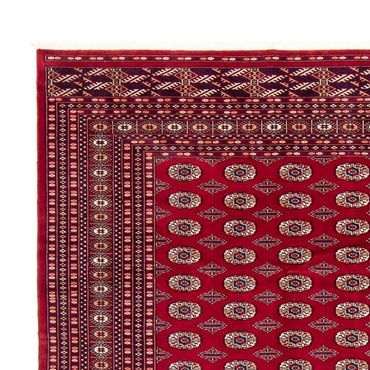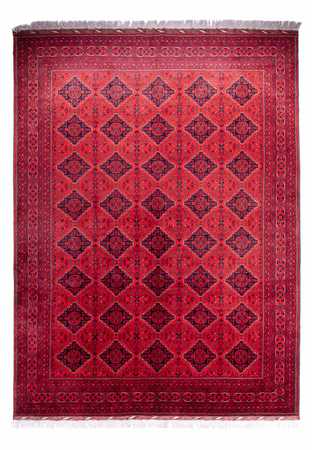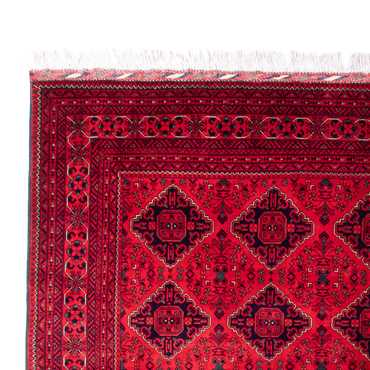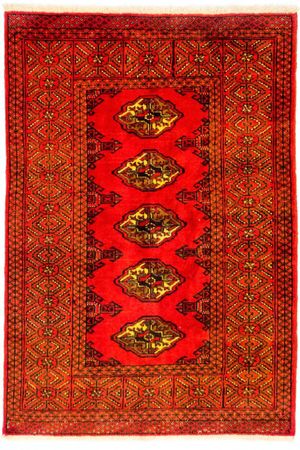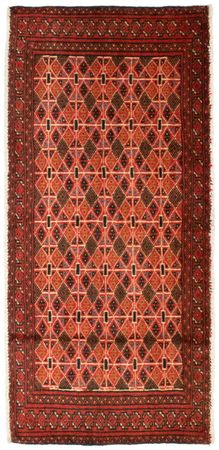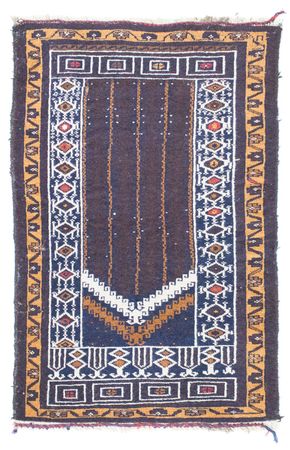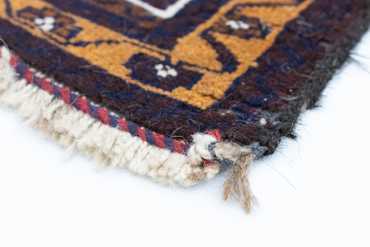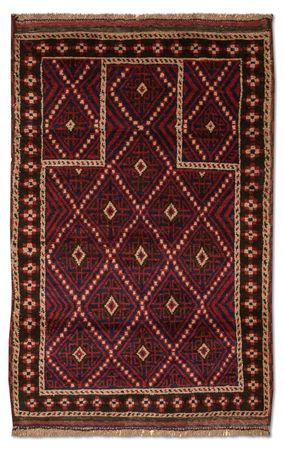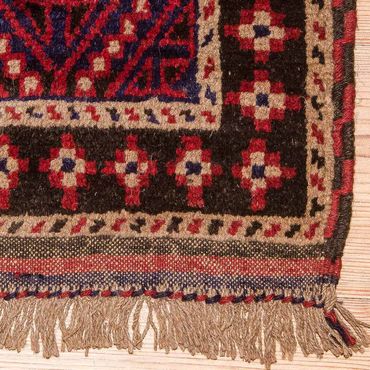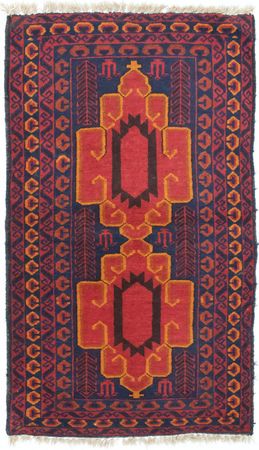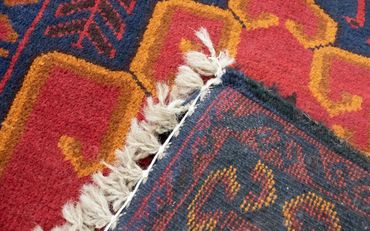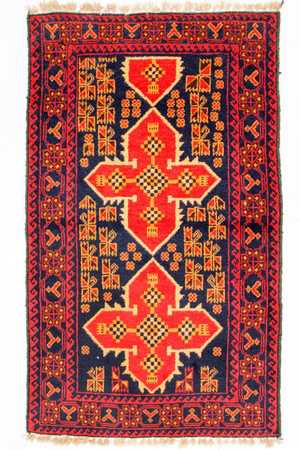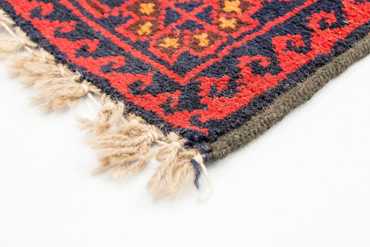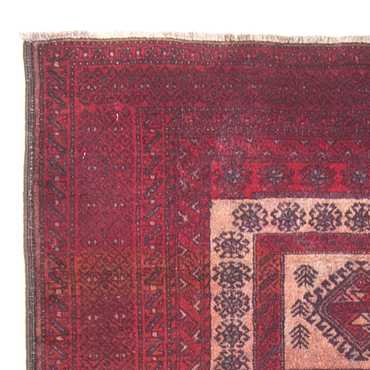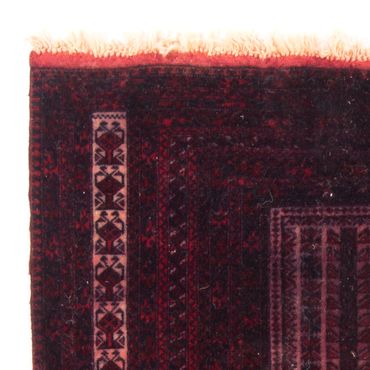- Afghan Rug -
285 x 1981,459 £
- Afghan Rug -
386 x 3004,781 £
-
- Afghan Rug - Bukhara -
290 x 1961,563 £
-
- Turkaman Rug -
130 x 60189 £435 £
-
- Turkaman Rug -
234 x 1601,190 £
-
- Runner Belutsch Rug -
416 x 100994 £1,899 £
-
- Afghan Rug - Bukhara -
301 x 1972,256 £
-
- Belutsch Rug -
190 x 109404 £
-
- Belutsch Rug -
138 x 81230 £523 £
-
- Belutsch Rug -
159 x 92696 £
-
- Turkaman Rug -
175 x 126724 £
-
- Turkaman Rug -
90 x 76197 £452 £
-
- Afghan Rug - Bukhara -
303 x 2532,636 £
-
- Afghan Rug -
414 x 2922,970 £
-
- Pakistani Rug -
123 x 80367 £
-
- Turkaman Rug -
240 x 1601,222 £
-
- Turkaman Rug -
146 x 103527 £
-
- Turkaman Rug -
130 x 60180 £443 £
-
- Belutsch Rug -
110 x 69159 £367 £
-
- Belutsch Rug -
127 x 85191 £435 £
-
- Belutsch Rug -
138 x 78190 £470 £
-
- Belutsch Rug -
136 x 80193 £457 £
-
- Runner Belutsch Rug -
202 x 101265 £629 £
-
- Belutsch Rug -
142 x 91265 £609 £
-
- Belutsch Rug -
156 x 96715 £
-
Afghan rugs: Tradition meets contemporary design
Rugs have long been cherished for their ability to transform a space, adding warmth, beauty, and a touch of elegance. Among the various types of rugs, Afghan rugs hold a special place in the hearts of design enthusiasts and collectors alike. With their rich history, intricate designs, and exceptional craftsmanship, Afghan rugs are true works of art that captivate the senses and bring a unique charm to any room.
Introduction
When we delve into the world of Afghan rugs, we embark on a journey through time. The roots of Afghan rug weaving can be traced back centuries, where the artistry and skill were passed down from one generation to another. These rugs bear witness to the cultural heritage and traditions of the Afghan people, making them much more than mere floor coverings.
Traditional Afghan Rug Weaving
- Materials used in Afghan rugs
Afghan rugs are crafted using a variety of natural materials, including wool, silk, and cotton. The high-quality wool sourced from the rugged Afghan mountains is renowned for its durability and softness, making it a preferred choice for rug weaving.
- Design and patterns
The designs found in Afghan rugs are a testament to the rich cultural tapestry of Afghanistan. Intricate geometric patterns, floral motifs, and medallions are commonly seen, reflecting the influences of different regions and tribes.
- Rug sizes and shapes
Afghan rugs come in various sizes and shapes, ranging from small prayer rugs to large room-sized masterpieces. The most common shapes include rectangular, square, and round rugs, each serving different purposes and aesthetics.
Rug-Making Techniques
- Hand-knotted rugs
Hand-knotting is the primary technique used in creating Afghan rugs. Highly skilled artisans meticulously tie individual knots around the warp threads, creating a dense and durable pile. This labor-intensive process ensures the longevity and quality of the rugs.
- Hand-woven rugs
In addition to hand-knotted rugs, Afghan weavers also produce hand-woven rugs using a flat-weave technique. These rugs, known as kilims, showcase intricate patterns and are often used as decorative wall hangings or floor coverings.
- Rug dyeing and washing process
The vibrant and earthy colors of Afghan rugs are achieved through a meticulous dyeing process. Natural dyes sourced from plants, minerals, and insects are used, resulting in a mesmerizing array of hues. After dyeing, the rugs undergo a thorough washing process to enhance their luster and softness.
Famous Afghan Rug Styles
Afghanistan is home to various rug styles, each with its distinct characteristics and origins.
- Baluchi rugs
Baluchi rugs are known for their bold designs and deep red hues. They often feature geometric patterns and intricate borders, showcasing the craftsmanship of the Baloch tribes.
- Khal Mohammadi rugs
Khal Mohammadi rugs are treasured for their deep, lustrous colors, predominantly red and dark blue. They typically display repeating geometric patterns and are favored for their bold and striking appeal.
- Turkmen rugs
Turkmen rugs, crafted by the Turkmen tribes of Afghanistan, are renowned for their rich history and nomadic influences. They often feature intricate motifs and vibrant colors, symbolizing the nomadic way of life.
- Herati rugs
Herati rugs are characterized by their delicate designs and intricate floral motifs. They are woven with exceptional precision and often feature a central medallion surrounded by intricate borders.
Afghan Rug Market
The beauty and artistry of Afghan rugs have transcended borders, gaining popularity worldwide.
- Export of Afghan rugs
Afghanistan has been a major exporter of rugs for many years. The rug industry plays a significant role in the country's economy, providing employment opportunities and contributing to the livelihood of many Afghan artisans.
- Popularity and demand
The demand for Afghan rugs has grown steadily over the years, as people recognize their unique beauty and craftsmanship. Interior designers and collectors alike value Afghan rugs for their ability to add character and a touch of authenticity to any space.
- Role of Afghan rugs in home decor
Afghan rugs are not merely decorative items; they serve as focal points that tie a room together. Their vibrant colors and intricate designs can transform any space, complementing various interior styles and creating a warm and inviting atmosphere.
Caring for Afghan Rugs
To preserve the beauty and longevity of Afghan rugs, proper care and maintenance are essential.
- Cleaning and maintenance tips
Regular vacuuming and spot cleaning are crucial for keeping Afghan rugs in pristine condition. Additionally, professional cleaning every few years helps remove deep-seated dirt and restore their natural beauty.
- Rug storage
When storing Afghan rugs, it's important to roll them carefully, avoiding folds that may cause creases. Keeping them in a cool, dry place away from direct sunlight helps prevent color fading and deterioration.
Afghan Rugs as Investments
Beyond their decorative appeal, Afghan rugs can also be considered valuable investments.
- Appreciation of value over time
High-quality Afghan rugs have a history of appreciating in value over time. Their scarcity, craftsmanship, and cultural significance make them sought-after by collectors and investors alike.
- Collecting and preserving
Building a collection of Afghan rugs can be a rewarding endeavor. It's important to care for and preserve each piece, as they represent not only a financial investment but also a cultural heritage.
Conclusion
Afghan rugs are more than just floor coverings; they are woven pieces of history, tradition, and artistry. From the ancient techniques used in their creation to the timeless beauty they bring to any space, Afghan rugs continue to enchant and inspire. Whether you're drawn to their intricate designs, cultural significance, or investment potential, Afghan rugs offer a window into the rich heritage of Afghanistan.


